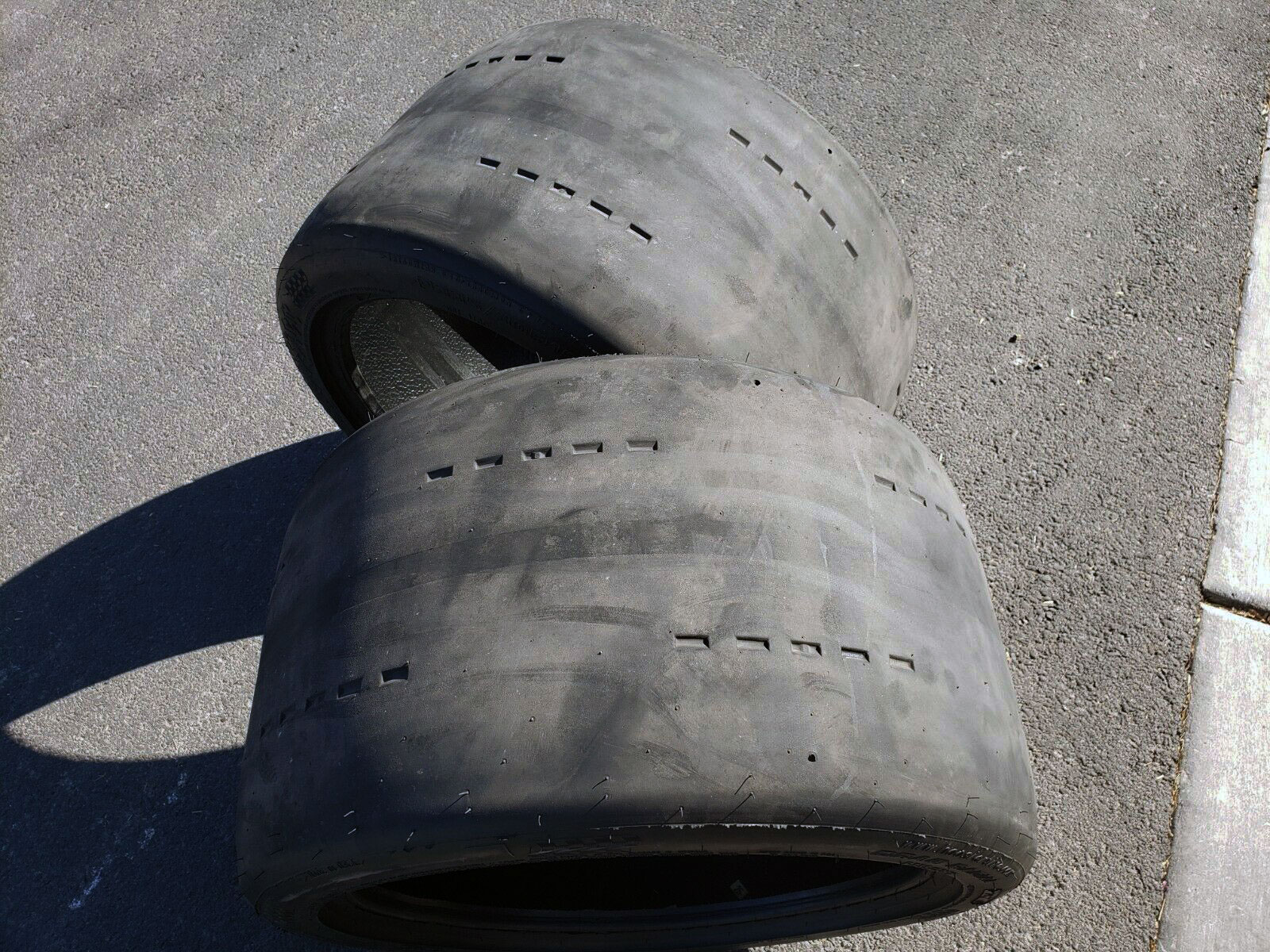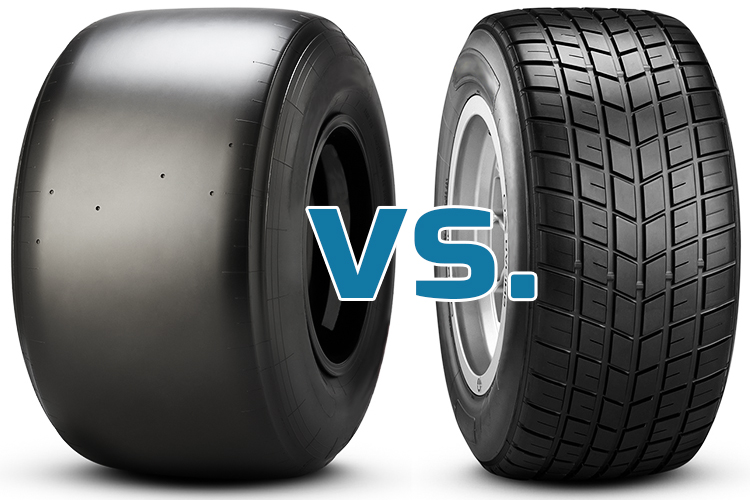Can You Use Slicks on the Street
Yes, you can use slicks on the street. However, it is not recommended for daily driving.
Slick tires are designed for racing conditions and may not provide adequate traction, especially in wet or slippery road conditions. It’s important to consider safety and legal regulations before using slicks on public streets. While they may offer superior performance on the track, they are not suitable for everyday driving and can lead to hazardous situations.
Before considering using slicks on the street, it’s essential to understand the potential risks and limitations associated with these specialized tires. We will explore the implications of using slicks on public roads and provide insights into the considerations that need to be taken into account.
The Use Of Slick Tires
Slick tires, with their smooth, treadless surface, are a popular choice for racing enthusiasts. Known for their exceptional grip and high performance on the track, they provide drivers with optimal control at high speeds. But can you use slick tires on the street? In this blog post, we’ll explore the use of slick tires, legal considerations, and their performance on the street.
Using slick tires on public roads poses legal challenges that need to be carefully considered. In most jurisdictions, it is illegal to drive on the street with tires that do not meet specific safety standards. These standards typically require tires with a certain degree of tread pattern to ensure adequate traction on wet or slippery surfaces. Slick tires, lacking tread, may not comply with these requirements, making them a potential hazard on public roads.
When using slick tires on the street, you may encounter issues with law enforcement and face fines or penalties. It’s crucial to familiarize yourself with the local traffic laws and regulations before considering the use of slick tires on public roads.
While slick tires excel in providing traction and control on the racetrack, their performance on the street can be quite different. For everyday street driving, slick tires may not be the most suitable choice due to their specific design and characteristics.
Slick tires are designed to work optimally on smooth, dry surfaces, where they can generate maximum grip. However, on wet or slippery roads commonly encountered on the street, slick tires can be extremely dangerous. Without tread patterns to channel away water and improve grip, slick tires can lead to hydroplaning, making it harder to maintain control of your vehicle.
Moreover, slick tires may not offer the same level of responsiveness and comfort as street tires. The lack of tread can result in a harsher and less forgiving ride, leading to increased road noise and vibrations. Additionally, the reduced contact patch of slick tires can affect braking distance and overall handling on uneven surfaces.
In summary, while slick tires are unbeatable on the racetrack, their use on the street presents significant challenges. Legal considerations, potential hazards, and compromised performance on wet or uneven roads make slick tires less suitable for everyday street driving. It’s crucial to prioritize safety and adhere to local traffic laws by using tires that are designed and approved for street use.

Credit: www.ebay.com
Legal Considerations
When it comes to using slick tires on the street, there are several legal considerations that need to be taken into account. It is important to know the regulations and laws surrounding the use of these tires, as well as the safety concerns associated with them.
Using slicks on public roads is generally not allowed due to safety concerns. Most states and jurisdictions have specific regulations in place that prohibit the use of slick tires on public roads. These regulations are in place to ensure the safety of all motorists and minimize the risk of accidents.
Driving with slick tires on the street poses numerous safety concerns. Slick tires are designed for use on racetracks, where the conditions are controlled and optimized for high-speed performance. On public roads, the lack of treads on these tires can result in reduced traction, especially in wet or slippery conditions.
Without the grooves that are found on regular street tires, slicks are unable to efficiently channel water away, increasing the risk of hydroplaning. This can be extremely dangerous, particularly when driving at high speeds.
- Slick tires also have a shorter lifespan compared to regular tires, as they are constructed with softer compounds that provide greater grip on the racetrack. The constant friction and heat generated on the street can cause these tires to wear out faster, resulting in decreased performance and potential blowouts.
- Furthermore, slick tires may not meet the minimum tread depth requirements mandated by local laws, which can result in fines or even the vehicle being deemed unfit for road use.
- Insurance companies may also refuse coverage in the event of an accident involving slick tires on the street, as their use may be seen as a violation of the terms and conditions of the policy. This leaves the driver exposed to potential financial consequences.
Given the legal and safety considerations surrounding the use of slick tires on the street, it is highly recommended to use tires that are specifically designed for road use. These tires are engineered to provide optimal performance and safety in a variety of road conditions, ensuring a smooth and controlled driving experience for all.
Performance On The Street
Handling And Grip
Slick tires are designed to provide optimum handling and grip on the track, where the road surface is smooth and free from debris. However, when used on the street, the lack of tread pattern can lead to reduced performance in wet conditions and poor traction on uneven surfaces. While their exceptional grip on dry roads can enhance cornering and braking, it’s important to remember that slicks are not optimized for everyday street use.
Tire Longevity
Slick tires are engineered using a softer rubber compound that provides superior grip and better performance on the track. However, this design also means that they wear out much quicker than traditional street tires when used on the street. The lack of tread pattern and shallower grooves result in less effective water dispersal, causing faster wear and reduced tire longevity. It’s important to consider the trade-off between performance and the cost associated with more frequent tire replacements when contemplating using slicks on the street.

Credit: blog.tiremart.com
Credit: www.quora.com
Frequently Asked Questions On Can You Use Slicks On The Street
Can I Use Slick Tires On The Street?
Slick tires are not recommended for street use due to lack of traction on wet surfaces.
Is It Legal To Run Slicks On The Street?
Running slicks on the street is illegal due to reduced traction on wet surfaces. It compromises safety.
Why Can’t You Use Slicks On The Road?
Using slick tires on the road is unsafe because they lack tread for traction. This can lead to loss of control, especially in wet conditions, increasing the risk of accidents. Slick tires are designed for racing tracks, not public roads.
Are Slick Tires Good For Road?
Slick tires are not suitable for the road as they lack grip and can be dangerous. Their smooth surface doesn’t provide enough traction on wet or slippery surfaces, making them prone to skidding. It is recommended to use tires with treads for better stability and control.
Are Slick Tires Legal For Street Use?
Yes, slick tires are not legal for street use due to safety concerns and lack of traction.
Can You Use Slicks On Public Roads?
No, using slick tires on public roads is illegal and dangerous, as they lack tread for wet conditions.
What Are The Risks Of Using Slick Tires On The Street?
Using slick tires on the street increases the risk of hydroplaning, reduced handling, and poor braking performance.
Conclusion
Overall, while using slick tires on the street can provide enhanced performance, it’s crucial to consider safety implications and legal restrictions. Balancing the benefits with potential risks is key. Ensure to check your local laws and make an informed decision before opting for slicks on public roads.
